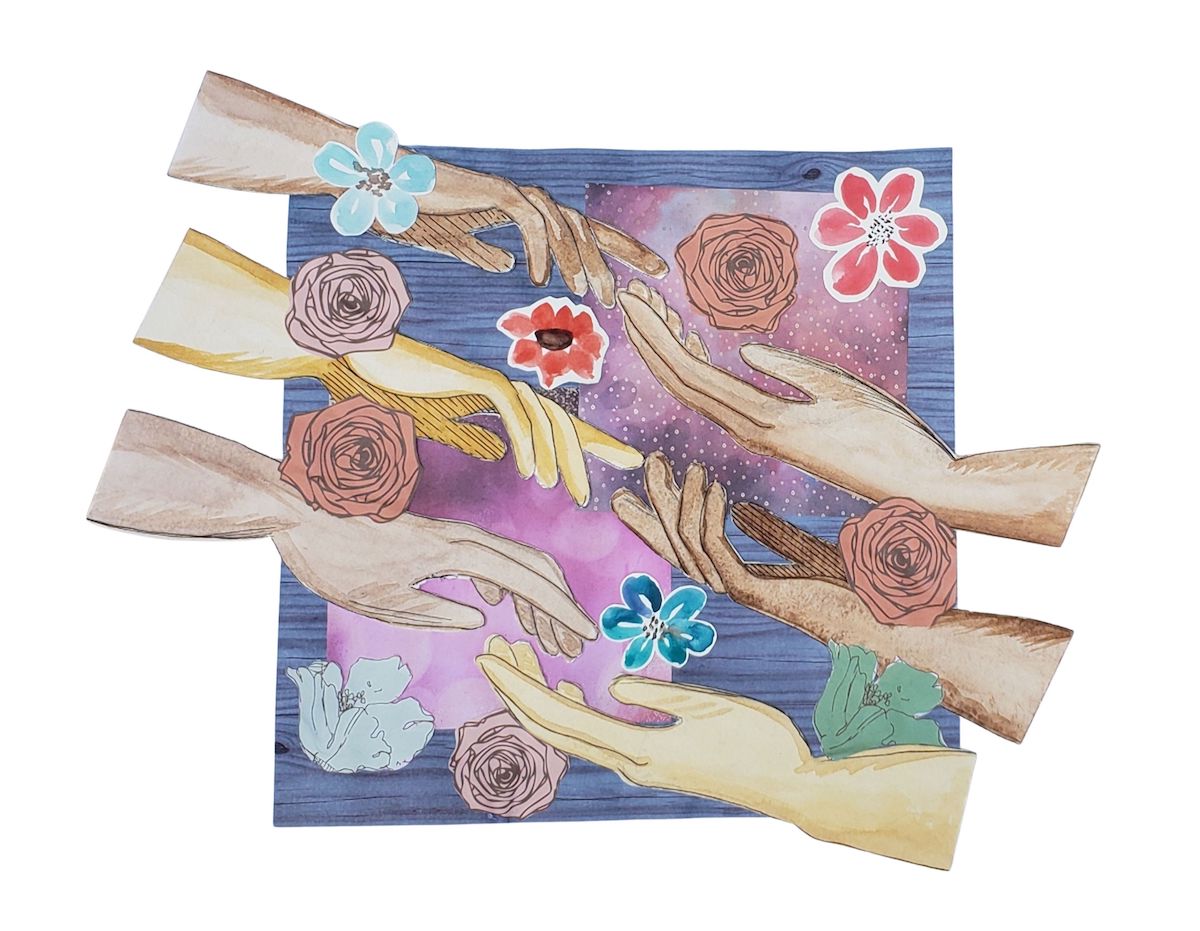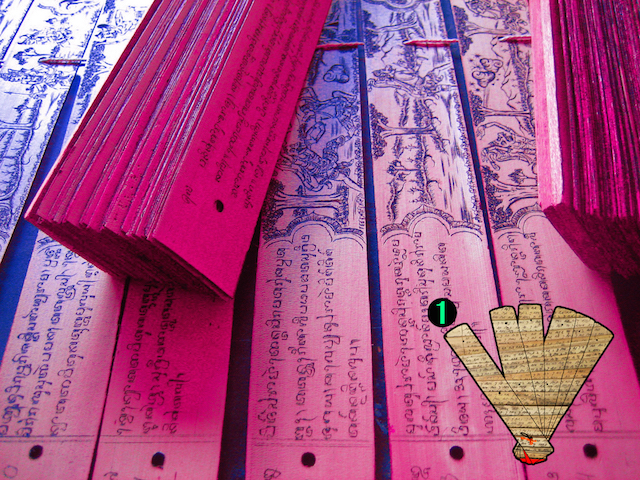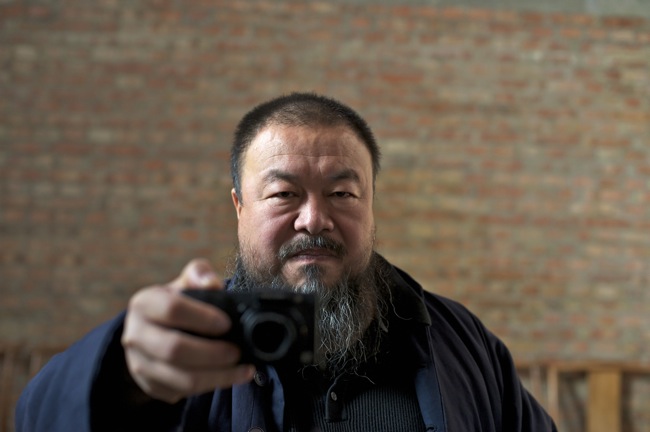Discourses of compliance and metrics foreclose collective possibilities in reimagining approaches to justice and equity that are organized in care and love

June 24, 2021
“It ends with love, exchange, fellowship. It ends as it begins…”
—Jack Halberstam, The Undercommons
“She disappears into the underground, the downlow lowdown maroon community of the university, into the undercommons of enlightenment, where the work gets done, where the work gets subverted, where the revolution is still black, still strong.”
—Fred Moten, The Undercommons
by Treviene A. Harris
Social media in the summer of 2020 was inundated with organizations, corporations, and other institutions declaring their renewed commitments to diversity and inclusion initiatives. Replete with promises for changes in day to day practices, zero tolerance for racist behavior, wrapped up in acknowledgements of previous shortcomings, a new day in racial awareness had come. Again. 1 The persistence of anti-Black violence exemplified—again—by the gruesome murder of George Floyd left many stunned and numb. It is difficult to say what was different this time. Perhaps it was the conditions of a pandemic that caused us all to be locked in, literally in our homes and figuratively to the world around us. We were a captive audience for the media that we had come to rely on to transmit the world outside back to us.
For Black people, in particular, the horror with which George Floyd’s murder was received by white people was telling. Added to the shock at the displays of racism in four years prior that was enabled and facilitated by the former administration, there was incredulity. “This is not who we are!” was the declaration from Whiteness to which people of color responded: “Who is we?” That institutions needed to renew their commitments to diversity and inclusion (and now equity and justice) was a self-indictment of their previous failures in these causes. 2 With regards to the academy, the extent of these failures were evidenced by the #blackintheivory hashtag under which people anonymously and openly documented personal experiences of racism.
The juxtaposition of these two discourses, indeed their simultaneity, exemplify what Sara Ahmed calls “…a gap between a symbolic commitment and lived reality.” The failure to act is precisely why these promises need to be repeated during moments of perceived escalation of racial injustice. Each time these incidents occur, they expose the insufficiency of the academy’s (in)action in the movement towards racial equity. In other words, from the perspective of people of color, the gap is an institutional dead space against which the failure of institutional DEI “solutions” are cast in relief. 3
People of color regard with skepticism the urgency with which institutions plan to do and be better. We know all too well that this perpetually reactionary approach rarely, if ever, improves our day-to-day quality of life. One reason for this skepticism is that we know institutional DEI work is done in service of the institution’s image. It is a tool to maintain compliance in order to mitigate legal and political exposure. 4 In addition to our scholarly work, which is also highlighted as an indication of the institution’s investment in and commitment to diversity, this labor is more often than not a responsibility ascribed to us.
DEI committees, panels, workshops—trauma on display—are typically facilitated by people of color; a form of tokenization that we readily step into because for us and those who will come after us, the prospect of initiating positive change can constitute life-saving work. 5 Such work is largely operationalized precisely for the appearance of moving things ahead even while every iteration of new policies and procedures is a reactive measure taken after social or institutional outcry from people of color.
Ahmed rightly points out that for predominantly, historically white institutions that were never designed to accommodate people of color, the work of inclusion occurs always after the fact. Which is to say, it is because we are out of place that people of color have to be folded back into a hostile structure. 6 Thus, the gap between commitments and material change becomes ever more unbreachable for people of color who have to routinely manage both sides as they work to point out and then attend to institutional shortfalls.
Incidents of xenophobia, racism, and anti-Blackness in the last 14 months that were fomented by rhetoric and policies of the prior presidential administration directly threatened the well-being of people of color on college campuses. 7 Examples include the repudiation of Critical Race Theory and Nikole Hannah-Johnson’s “1619 Project” as anti-American, which reinforced the logics of western, Eurocentric, and Anglo dominance as a matter of intellectual deliberation. A renewed insistence on “academic freedom” policies on campuses sought to put racist and anti-racist discourses on equal footing, as if they were merely differences of opinions that would be worked out through civil discourse, rather than matters of urgent and material consequence. That these contradictory stances occurred simultaneously in academic spaces, for people of color the closing of the gap is ever-more improbable. 8
Being forced to continually negotiate such tensions, I would like to theorize the gap in light of such discontinuities and suggest that for students of color at predominantly white campuses the gap can be reimagined as one that fosters community-building and world-making at sites of oppression. The gap becomes a space of possibility with the recognition that the institution’s commitment to change and inclusivity only ever occurs on its own terms and in its own timing. And it is this persistent non-movement towards on the part of the institution that makes impossible meaningful, sustainable improvement in the quality of our lived experiences.
Our awareness of what is and is not possible and our refusal to wait is what reanimates the gap. 9 I therefore want to rethink the gap in relation to M. Jacqui Alexander’s “crossing,” that is “the space of convergence and endless possibility; the place where we put down and discard the unnecessary in order to pick up that which is necessary.” For Black and Asian students, being in relation means refusing access to our work and bodies and denying exploitation of our lives and experiences of violence, institutional and otherwise, as teachable moments on the way to racial harmony. Remaining out of sight.
In the gap is where we might encounter a crossing, where we make a decision to move away from a system that cycles through various modes of inaction and neglect and to move towards “new ways of being and knowing…that are needed to move away from living alterity premised in difference to living intersubjectivity premised in relationality and solidarity.”
Refusal, then, is less about negation than it is about affirmation of our selves. 10 We, thereby, create within the space a place where through care movement is not predicated on arrival, but on simply being together. Moments of crisis, such as Summer 2020 and March 16 in Atlanta, reveal the extent to which the non-performative, non-movement of institutional DEI practices miss the mark, by design, and therefore will not get us to the place. Institutional corporatized discourses of compliance and metrics and credentialing foreclose possibilities of what it could mean to reimagine approaches to justice and equity as ones organized in care and love. 11
These approaches to collective being in common are grounded in an ethics of grace in which we hold space with and for each other. And because, as Alexander cautions, “breathing grief alone simply kills,” it is through grace, we intend gestures of care to not be taken as rewards for our endured suffering, but to be taken and given on its own terms. This might resemble initiating a Zoom meeting that moves (us) into a comfortable silence in acknowledgment of one another’s presence; or disavowing the institutional logics of productivity to set aside academic work and instead co-write an essay for an online magazine about Black and Asian solidarities and communities of care; or making art in commemoration of ____. It might not resemble DEI “best practices” given in workshops led by us or a “self-care” day tacked on to an academic calendar, a cynical denial of the necessity of care.
Our modes of being in solidarity must necessarily be unattached to the academy-as-center. And it requires a new awareness of where we are, who we can be there, and what work can get done there.
Falling into each other as praxis.
Fall into the gap. 12
by Nozomi (Nakaganeku) Saito
1 On Wednesday March 17, the evening after the mass shooting in Atlanta, I sent an email to my past and current Asian and Pacific Islander students. I invited them to join me in mourning, discussing, and healing from an attack that had left me paralyzed for most of the day. I created the space after having seen the the institution’s lack of care the summer before when university statements of support for Black students, faculty, and staff came weeks after the brutal murder of George Floyd, followed by announcements of DEI initiatives, panels, and self-laudatory emails celebrating ‘our’ work overwhelmed our inboxes.
2 These events have a physical, emotional, and mental toll on those of us who experience the things that institutional DEI initiatives treat as workshop topics. These initiatives stage what Saidiya Hartman names the “violence of abstraction.” The calls-for-proposals invite speakers, audiences, and administrators at predominantly white institutions to abstract and theorize about the things that we are living. Meanwhile, these same institutions neglect the actual students, staff, and faculty in the moments when tangible and meaningful university support is critical to our survival in and outside the academy.
3 Initially, I imagined the mourning session as a space reserved solely for Asian/American students, a space free from the white gaze and the labor of explaining the visceral effects of racist violence. But in the face of the institution’s ongoing, conspicuous silence, I realized how it was more than just myself and my students who needed that space, how those whose embodied beings are the target of racist, gendered, classed, and xenophobic violence needed a somewhere to gather and be together to process the events of March 16th.
4 The institution had yet to even send a statement of support for our Asian/American community. I knew I should have expected this blank, cold wall of institutional silence; it was the same silence followed by half-hearted gestures toward optics on display in the summer of 2020 when it was revealed that affirming Black lives matter would be a politicizing act, with potential repercussions from certain anonymous and unnamed donors. I knew to expect this same non-care for our API community, but it hurt nonetheless.
5 The sole response within my department was from a colleague, despairing email from Amanda Jo Tien, a first-year Asian American graduate student. Amanda diligently and lovingly composed a plea to support the API community along with an extensive list of resources for actionable, tangible ways to do so.
Despite the overwhelming trauma of the Atlanta massacre on top of the stress of deadlines and demands for productivity, Amanda wrote this message out of urgency and love for our API community. But her email was the only statement sent out within our department that week, and it rang out like a lone voice in an echo chamber of indifference.
6 The only administrative statement condemning anti-Asian violence came that Friday in the campus newspaper’s weekend roundup, a brief quote wedged in between an announcement about peregrine birds laying St. Paddy’s Day eggs and the latest report on COVID-19 campus cases. In the language of metrics: Asian students make up 11.4% of our university’s student body. Apparently, our numbers were not worth the risk of donor flight and capital loss.
7 Institutions are structures that discipline us. The silence of institutions and universities specifically would have us believe that those of us affected by institutional harm experience such in isolation—a silence is a silo, a container, a hold. Institutional silence and strategic responses to crises are based on careful calculations about optics, donors, timing. The logistics of DEI campaigns and statements are engineered to maximize the ratio of risk and return: What is the net amount of risk in dollars to donor loss for publishing this statement? What are the returns for signaling #BlackLivesMatter and #StopAsianHate?
8 The institutional virtue signaling, on the one hand, and the absence of genuine, tangible engagement, on the other, is a cognitive dissonance that people of color know all too well. As a friend put it, we would have to wait until the university administration released a delayed-but-perfectly-composed-and-proofread email to our inboxes. But what enrages me more than institutional failures is knowing who will bear the toll of that failure, people and especially women of color like my former student. During the mourning session, she said something that haunts me to this day:
Do they even know I’m here?
9 While I initially conceived of the mourning session for my API students, knowing the university would not create such a space, I invited API and allied colleagues in the department, graduate students at our university and other universities, and friends from academic and non-academic circles into this space of mourning. We shared our grief and rage. We talked and felt, deeply. We did all this, not with the institution in mind but in spite of the institution. As we gathered and shared in each other’s presence, that space became much more than an institutional silo. It became a moment of recognition that we did not have to rely on the university for the kinds of support that sustain us.
10 The mourning session was one of the ways that Black and Asian feminists create possibilities as we move toward collective liberation. This ‘we’ is not speaking for/as the institution but as people of color and allies whose work sometimes takes place within institutional structures, even when they do not know or care that we are here. Our presence and being with that day became an act of care that refused to accept institutional limits on our collective possibilities.
11 This model of care is one way to sustain ourselves within the gap of institutional non-care. This model more closely aligns with the mutual aid networks conceptualized by Black Lives Matter organizers and prison abolitionists in their refusal to participate in institutional structures that perpetuate harm, creating instead alternative support networks. In conceptualizing such a model, however, we would also caution against rigid, prescriptive frameworks. Rather, it may be more helpful to frame these models as a set of questions that act as guideposts for people of color moving furtively, fugitively within, around, and outside of institutional configurations. For example, when laboring within institutional spaces, who is the work for? How might we draw on our positionalities to transform structures and create ones better equipped to see us in our wholeness and vibrancy? Does the work make space for others, in conversation and community with others as we move toward our collective liberation?
12 Those who joined the mourning session co-created a mutual aid network of care. Writing with Treviene and doing the work that we know better than to entrust to institutions, this too has been a practice of care. Together, we have found ways to sit with our struggles and dare to dream of other possibilities. Our being with each other conveyed the basic premises of solidarity: I see you; I hear you; I am here with you.
The form of our collaboration was inspired by the works of Richa Nagar’s feminist co-authoring and Kevin Adonis Browne’s critical footnoting. We wrote in synergy with one another—this too was an act of care for each other as women of color whose labors often go unseen and underappreciated. Black, Third World, and Asian feminist activists have long been doing such work. In the words of Audre Lorde, “we are making the future as well as bonding to survive the enormous pressures of the present.” Our writing practice evolved as a form of sustaining our existence within the academy, as we listened to and cared for one another’s ideas and voices while seeking genres of writing that defy the siloing and competition of ideas that institutions and white theory would have us pursue instead.



